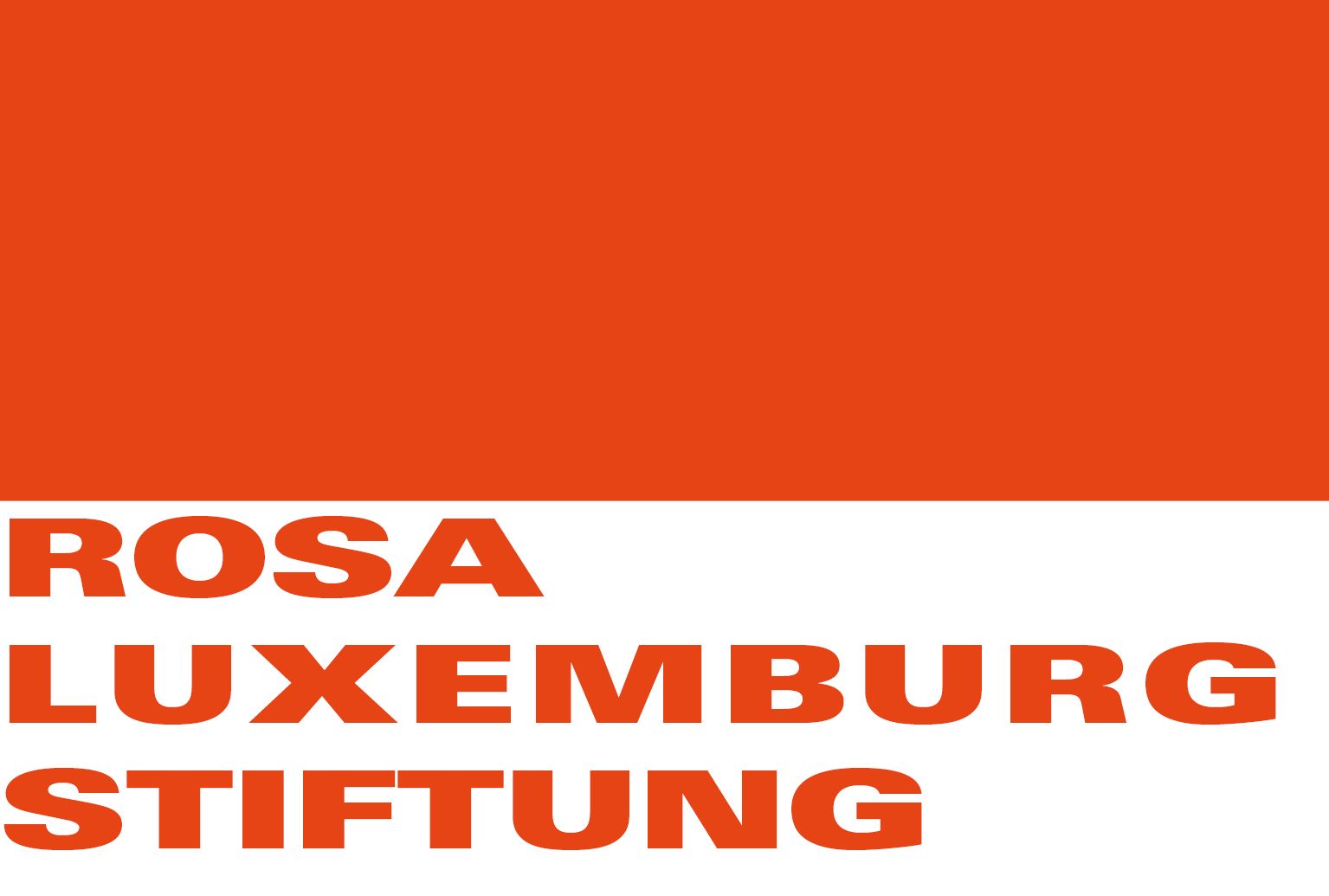The occupied Golan Heights were long regarded a centerpiece of Middle East peace. Somewhat ironically, the Syrian civil war has pushed the Israeli controlled territory to the sidelines. While so far the violence of war has been confined to the Syrian side of the border fence, its political divisions have found their way into the small Syrian community living in the Golan under Israeli rule. The portrait of a struggle for identity from the sidelines of civil war.
In fall, the air of the mountainous Golan Heights is heavy with the smell of apples, the region’s main produce and symbol. For three years now, the harvest has been overshadowed by the occasional sound of bombs and gunfire that the wind carries across the nearby Syrian border. Just by the border fence lies Majdal Shams, a quiet town huddled up against the Golan's northernmost peak, in a political dead end.
Majdal Shams is the largest of five Syrian villages in the occupied Golan Heights. Around 9,000 people live in the town that is spread out around a soccer patch in a landscape so scenic one tends to overlook the minefields, army bases, fenced settlements, ruins and border installations in its surroundings. So far, the Syrian civil war has largely stayed put behind the metal fence and explosives that divide the Golan from Syria proper. But it has deeply unsettled the village community, with some supporting the Syrian government and President Bashar al-Assad and others aligning with the opposition. Protests for and against either side have alternated on the village square for months.
In Majdal Shams, protests for and against the regime have ended in scuffles
Dr Taiseer Maray, co-founder of the community initiative Golan for Development based in Majdal Shams, sees a profound change having taken place in the community: “People’s attitudes have changed over the past two years. We were always united, loyal to Syria and opposed to Israel’s occupation. Now we have very sharp divisions within our community between those who are with the regime and those who are with the revolution.”
The 1967 War during which Israel seized the Golan Heights from Syria lasted little more than 30 hours in this area. An estimated 100,000 Syrians were forcibly displaced and never allowed to return. Roughly 7,000 stayed. When Israel formally annexed the Golan in 1981, most Syrians refused to take on Israeli citizenship. They continue carrying Syrian passports to this day, added by Israeli travel documents.
 On the outskirts of the village lie the apple groves. Behind them the border fence, mine fields and Syria.Image: Lea Frehse (CC)
On the outskirts of the village lie the apple groves. Behind them the border fence, mine fields and Syria.Image: Lea Frehse (CC)
Syrian Golani families have kept contact with their relatives in Syria, although meeting in person has for most been impossible. For decades, family members gathered on both sides of the border fence on a regular basis to exchange news and greetings using megaphones and binoculars. In recent years, Facebook has largely replaced the speakers. Syrians from the Golan were long banned from crossing into Syria, though restrictions were eased in the late 1980s, allowing Syrian-Golani youth to study at academic institutions in Syria and religious leaders to travel to Syria for pilgrimage.
It is 50 km from Majdal Shams to Damascus and 160 km to Tel Aviv
Diplomatic initiatives of returning the Golan Heights to Syria under a peace agreement with Israel repeatedly stalled. With the outbreak of civil war, such an agreement is perhaps farther than ever. In the Golan, many feel that the course of the war will also determine their own fate.
“What becomes of the Golan is tightly linked to the outcome of the revolution in Syria. In all, no matter which faction wins, Syria as a whole looses power. Syria was known for resisting foreign pressure, but now it depends on money and has to accept massive foreign interference,” says Dr Maray. Maray, a gentle man in his fifties, is a veteran Syrian nationalist of the classical Left. He is “with the Syrian people,” he says, and “Assad cannot stay.” There is profound pain in his words, and disappointment for his nation and its regime, which were for so long interchangeable.
The vast majority of Syrians in the Golan are Druze, belonging to an ethno-religious community with roots in Shia Islam that is now scattered across the Levant. With a Druze population of over 700,000, Syria is home to the largest Druze community in the Middle East that accounts for just under 4 per cent of the country’s population. A small minority, the Druze have largely sought to stay out of the civil war that started in 2011. Assad’s Ba'athist regime, itself dominated by members of Syria’s Alawite minority, has favored the Druze diffidence.
The Syrian Druze were long pro-Assad, a regime based on minority domination
Assad’s regime has traditionally drawn strength from the support of religious minorities. Now these minorities have the most to fear from increasingly sectarian agitations of warring factions from all sides. According to media reports from Syria, the Syrian Druze leadership has sought to deflect fighting from the communities and refused opposition groups to target government institutions in Druze areas. After an escalation involving radical Jabhat an-Nusra in January 2013, Druze sheikhs engaged in negotiations with all sides to prevent further troubles. Meanwhile, press reports testify to several small groups of Druze fighters having joined opposition forces. Perhaps the position of the Syrian Druze may be best described in the words of the International Crisis Group as one of “precarious neutrality.”
 Sudqi al-Makt in his living room, stuffed with portraits of Bashar al-Assad and the Ba'athist idols. Image: Lea Frehse (CC)
Sudqi al-Makt in his living room, stuffed with portraits of Bashar al-Assad and the Ba'athist idols. Image: Lea Frehse (CC)
In the Golan Heights, Syrians see their homeland crumbling as sectarian rhetoric is on the rise. “The question of religion in the state has become the war’s main issue. The fundamentalist rebels want to establish a Sunni state and make away with the unity that President Assad brought for the religious communities of Syria,” proclaims Sudqi al-Makt, a staunch supporter of the Syrian government. Al-Makt spent 27 years in Israeli prison, “for resisting the occupation” as he emphasizes. Since his release in 2012, al-Makt has devoted his life to solidarity campaigns in support of the Syrian regime. To him, Syria is his homeland – and Assad is Syria. “The war was brought by outside forces like Turkey, America and Israel,” he argues. “They disliked Assad, because he was a symbol of resistance to Israel, for the Golan, for Lebanon, Palestine.”
With Syria imploding, Israel suddenly appears more benign
In fact, the civil war across the border has certainly made Israel appear in a different light in the occupied Golan. “Israel seems less vicious in face of the turmoil in the region. It makes it harder to convince the young generation to hold up their national belonging,” Dr Maray states. The Israeli press recently hailed a new peak in requests for Israeli citizenship from Syrian Golanis. In 2012, authorities noted three-digit numbers of applications for the first time, a win for the State of Israel as media laud. On the other hand, Israeli daily Ha’aretz reported that three Syrian youth from the Golan had joined the army in Syria, feeding into concerns over Israel’s Arab minority’s loyalties.
Despite the war, more than 30 students are expected to return to their Syrian universities in late October. For those who stand in the final stages of a lengthy degree, there is a lot to be lost. Syria waived tuition fees for students from the Golan and even paid a monthly stipend to those coming in. In Israel, education is costly, and students would have to start from scratch. Hundreds of young Golanis have seized the opportunity to re-connect to what many feel is their nation.
A generation has grown up under Israeli rule while a return to Syria seems far
The youth of Majdal Shams is no less divided over Assad than older villagers. Only the religious elders have clearly sided with the regime. Ola, 27, born and raised in Majdal Shams, has never visited Syria. But in Israel, under occupation, she says, she will never feel at home. “I do not trust that Israel is democratic or will ever become democratic”, the young woman says, nestling on her wristband. On it is written ‘Free Syria:’ Ola is “with the revolution” and now one of the leaders of a small pro-opposition group in the Golan.
Others of her generation feel less repulsion for Israel. Most villagers work in Israel or nearby Israeli settlements, the children are enrolled in public schools with an Israeli curriculum especially designed for Druze, and have accommodated to the circumstances. Community-based health care and education initiatives have made these services here better than in most parts of Israel. The exceptionally active civil society originated from the circles of defiance active in the 1970s and 80s that spearheaded resistance to Israel. But after 46 years under Israeli occupation, prospects for a return of the Golan to Syria are dim, and certainly so for the near future.
Perhaps “the old men have lost their war”
Nizaar is sitting in the ruins of one of the destroyed Syrian villages that dot the hilly landscape since the Israeli army destroyed them in the late 1960s. In his late twenties, he has not found a job yet after graduating from the University of Damascus a couple of years ago. His parents’ generation was the one resisting. Now this old guard is full of melancholy, he tells, puzzled by what has become of Syria. “The old men have lost their war,” he says. In Syria, it will the old men more than anyone that will win, no matter which faction asserts itself at last.

















